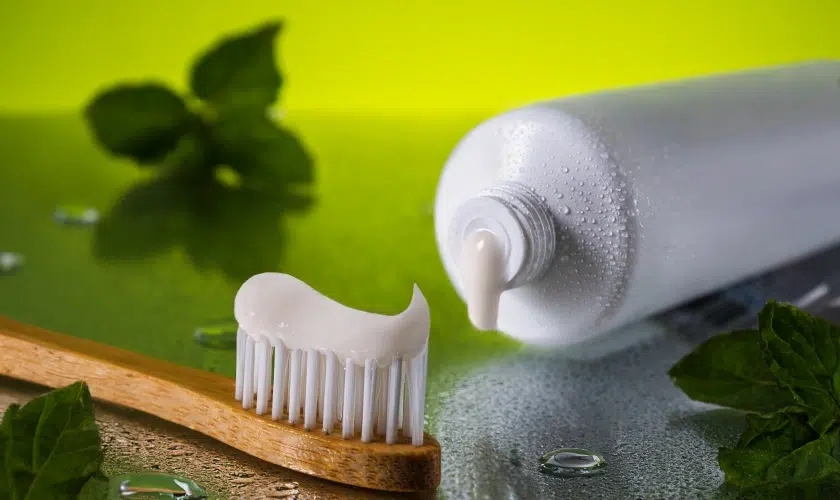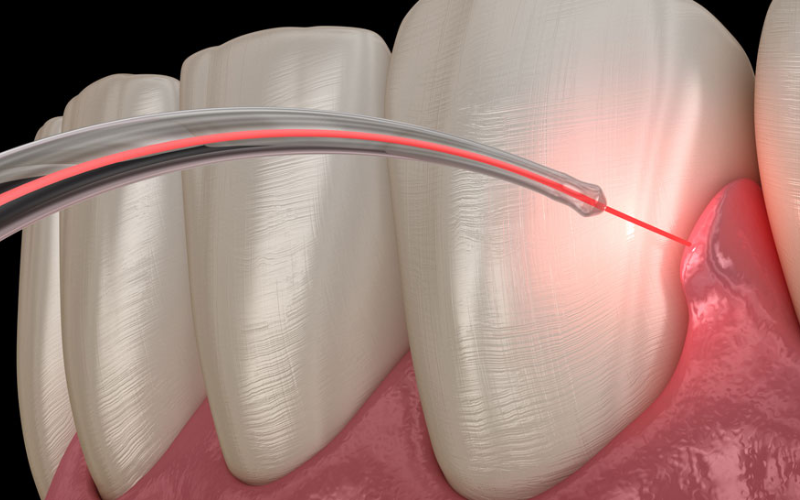How Long Do Tooth-Colored Fillings Last: A Guide for Tustin Residents

Tooth-colored fillings are a popular choice for many dental patients because they blend seamlessly with natural teeth. These fillings offer a more aesthetically pleasing alternative to traditional silver amalgam fillings, making them a great option for anyone looking to maintain a beautiful smile. However, one question that often arises is, “how long do tooth-colored fillings last?”
In this blog, we will discuss the lifespan of tooth-colored fillings and several factors that can impact their longevity.
Factors That Affect the Lifespan of Tooth-Colored Fillings
When considering how long tooth-colored fillings last, it’s important to note that several factors can influence their durability. While these fillings are designed to last many years, their lifespan can vary from person to person.
Here are some key factors that affect their longevity:
- Location of the Filling: Fillings placed in areas that experience less pressure, such as the front teeth, generally last longer than those placed in the back molars. The back teeth endure more pressure from chewing, which can cause the fillings to wear down faster.
- Size of the Filling: Larger fillings typically don’t last as long as smaller ones. A small cavity filled with tooth-colored material will generally last longer because less material is used.
- Oral Hygiene Habits: Good oral hygiene, including brushing twice a day and flossing regularly, helps keep fillings in good condition. If you have poor oral hygiene, plaque and bacteria can wear down the filling, leading to earlier damage or failure.
- Grinding and Clenching: If you grind your teeth or clench your jaw, this can put excessive pressure on your fillings, causing them to wear down faster. It’s important to address this issue if you have it to help preserve the lifespan of your fillings.
- Diet: Eating hard foods like ice or sticky candies can damage fillings, leading to premature wear. Additionally, acidic foods and drinks may weaken the bonding between the filling and the tooth, shortening its lifespan.
- Dental Care: Regular visits to your dentist are crucial for maintaining the health of your fillings. Your dentist can check the condition of your fillings and replace or repair them if needed before any significant damage occurs.
How Long Do Tooth-Colored Fillings Last?
On average, tooth-colored fillings Tustin can last between 5 and 15 years, depending on the factors mentioned above. Some people may find that their fillings last longer with proper care, while others may need a replacement sooner.
Here’s a more detailed breakdown:
- 5 to 7 years: Fillings in the back teeth or those that are larger in size may last between 5 and 7 years before they need replacement.
- 10 to 15 years: Smaller fillings or those placed in the front teeth tend to last longer, often lasting 10 to 15 years if properly cared for.
It’s important to keep in mind that these are general estimates. Regular checkups with your dentist will help you determine the condition of your fillings and whether they need to be replaced.
How to Extend the Lifespan of Tooth-Colored Fillings?
There are several simple steps you can take to help your tooth-colored fillings last as long as possible:
- Practice Good Oral Hygiene: Brushing with fluoride toothpaste and flossing daily removes plaque and bacteria that can weaken fillings over time. Make sure to clean around the edges of the filling to avoid decay.
- Avoid Hard and Sticky Foods: Hard foods can crack or chip your filling, while sticky foods can pull at the filling and potentially dislodge it. Avoid chewing on ice, hard candies, or other items that could damage your fillings.
- Use a Mouthguard: If you grind or clench your teeth, talk to your dentist about getting a custom mouthguard. This can help reduce pressure on your fillings and protect them from wear.
- Avoid Acidic Foods and Drinks: Acidic foods, such as citrus fruits, and drinks, like soda, can erode the bonding material between the filling and the tooth. Limiting these will help preserve your filling.
- Get Regular Dental Checkups: Your dentist can assess the condition of your fillings and provide advice on any necessary maintenance. Early intervention can prevent fillings from needing replacement too soon.
When Should You Replace Your Tooth-Colored Fillings?
Tooth-colored fillings don’t last forever. Over time, they may show signs of wear or develop issues that require replacement. Some common signs that it may be time to replace your fillings include:
- Visible Cracks or Chips: If you notice cracks or chips in your filling, it may no longer be as effective at protecting your tooth.
- Decay Around the Filling: If your filling is beginning to fail, you might notice new decay forming around the edges.
- Pain or Sensitivity: If your filling no longer fits properly or has become damaged, it could lead to tooth pain or increased sensitivity to hot and cold.
If you notice any of these issues, schedule an appointment with your dentist to discuss replacing the filling.
Tooth-colored fillings offer a durable and aesthetic solution to cavities. With proper care, they can last many years, often between 5 and 15 years, depending on various factors. By practicing good oral hygiene, avoiding hard and sticky foods, and getting regular checkups, you can help extend the lifespan of your fillings. If you’re concerned about the condition of your fillings or have questions, don’t hesitate to reach out to your dental professional.
If you’re in need of tooth-colored fillings, consult with a trusted dental professional to explore your options and maintain your healthy smile.



